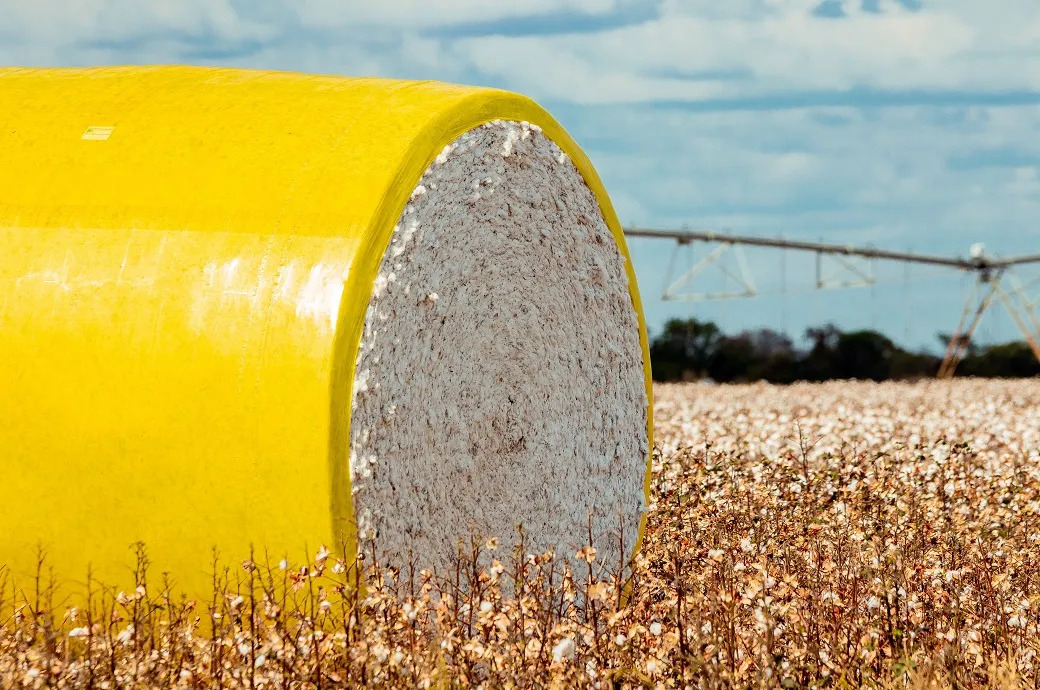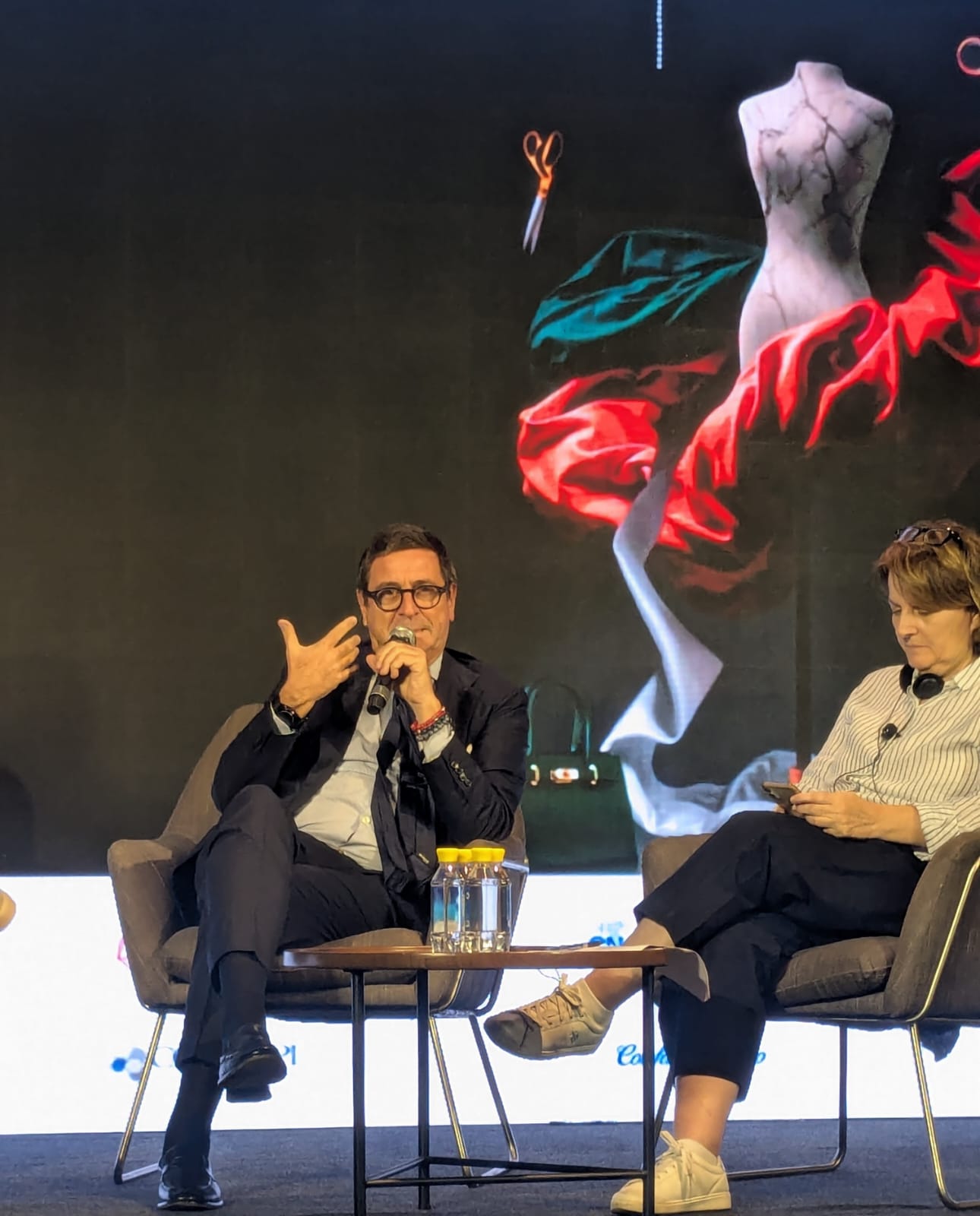
The impending gloom of a recession in 2023 may just be a false alarm as corporate mergers and acquisitions keep happening while inflation levels remain controlled with most countries bouncing back to post-pandemic days despite the geopolitical and other economic tensions. The US economy as a power-house that leads all others, is currently displaying strong signs of resilience. Although some industry segments may be shrinking under inflation, it seems to be a rolling recession where the overall economy does not stagger and bring a country down to its knees.
Layoffs and their after-effects are mainly happening in well-paying industries like technology and finance which have educated skilled professionals who are financially able to withstand these financial downfalls as they are not in a hand-to-mouth economic situation. Restaurants, hotels, construction companies, and other labour industries that hire locals and expats have actually been a major driver of job gains as consumers throng back in post-pandemic days staving off a recessional market.
“The common explanation for the no-show recession despite the 500 bps hike in federal funds rate is that consumers were still spending their excess savings from the pandemic. But once this cash is spent over the rest of this year, the thinking goes, a consumer-led recession is likely in 2024. Consumers’ excess savings of roughly $0.5 trillion currently is dwarfed by the net worth held by the ‘Baby Boom’ generation that is retiring. They have just started to spend it,” explains veteran industry market watcher, Edward Yardeni, Founder of Yardeni Research Consultancy to Bloomberg Media.
Deloitte report showcases many recent business deals
As per ‘Global Fashion & Luxury Private Equity and Investors Survey 2023’ report by Deloitte, the fashion and luxury industry had quickly rebounded in post-Covid years of 2021 and the first half of 2022 while registering business deals. Although continued recovery cannot be relied on and business can downshift quickly if inflation hits consumers, the time is probably not right now.
Last year, around 292 M&A deals were finalized in the luxury industry, as opposed to 284 in 2021 with eight more showing a 2.8 per cent increase. The biggest and the best deal was the $2.3 billion acquisition of the Tom Ford label by US beauty giant Estee Lauder. Other M&A deals in the personal luxury goods sector of the industry accounted for 43.2 per cent although the number was down by 30 last year. The general apparel and accessories segment also did well in terms of acquisitions with a total of 77 operations concluded in 2022 which was lesser by 11 compared to 2021, which by far has been the most profitable post-Covid year so far.
Fashion and luxury segment remain attractive for investors
In general, sales in the luxury hotel segment led the 2022 ranking with 98 acquisitions, followed by apparel and accessories and then by the furnishing and furniture category, which recorded 36 deals. Most US industry analysts remain buoyant as the impending threats are still far away on the horizon and many factors such as the banking turmoil after the collapse of Silicon Valley Bank last spring and political fights such as the fight in Congress over the government’s borrowing limit have all been almost resolved.
The Deloitte report has estimated the luxury industry will be potentially attractive to eight out of every ten investors in 2023 in the fashion and luxury segment. Most investors’ interest will be concentrated in cosmetics & fragrances (63 per cent), apparel & accessories manufacturing (50 per cent), furniture (50 per cent), and watches & jewelry (33 per cent), with personal luxury goods still one of the most attractive categories for investors.
However, investors are favouring the lean and mean look with wanting to keep expenses low by investing only in small-sized companies and medium-sized firms, as they remain watchful of an uncertain economic future and build their bridges accordingly over troubled waters.












